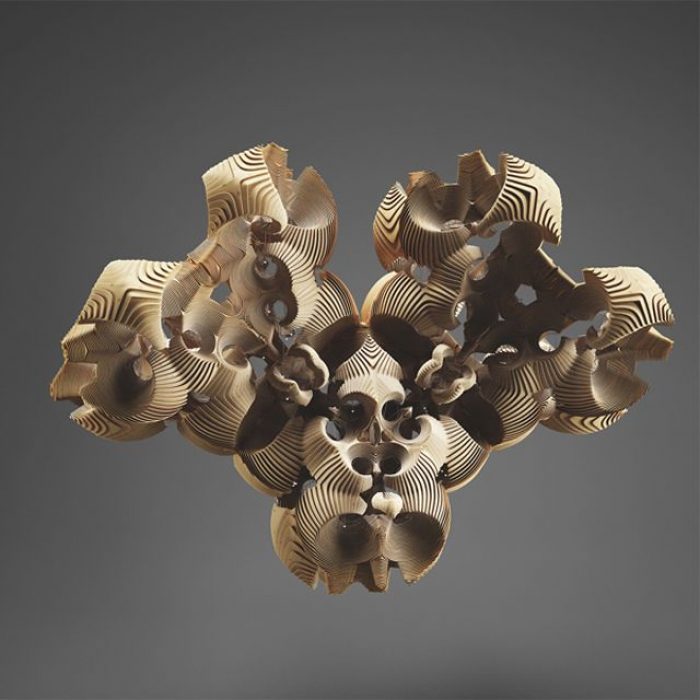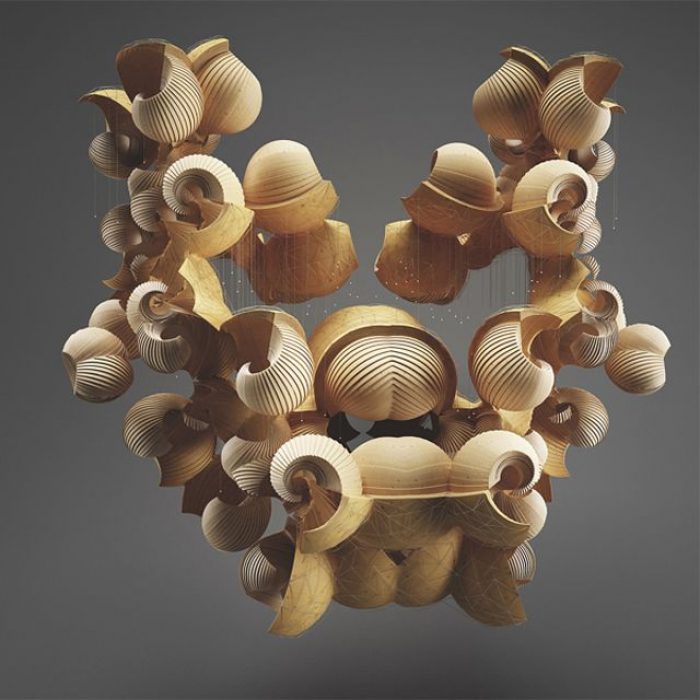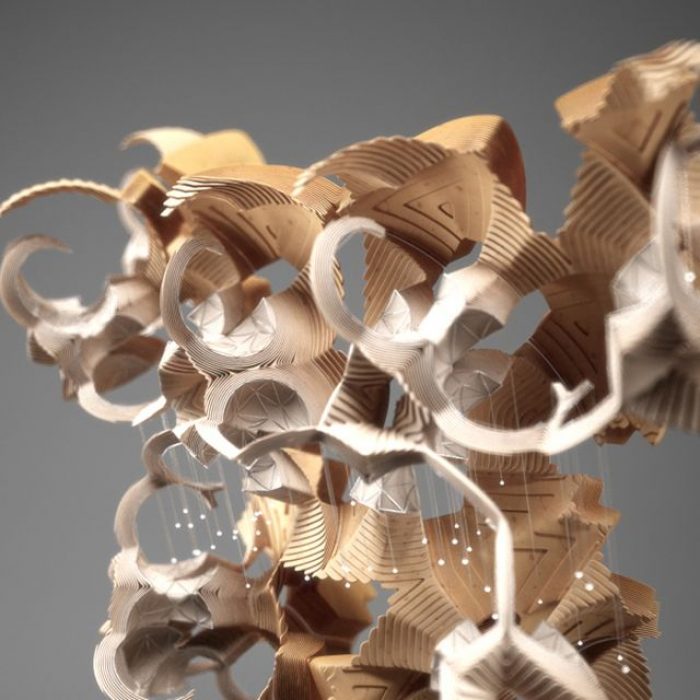Schichten: Spherical Iterations by Descriptiv
The pair of artists Christoph Bader and Dominik Kolb, known as Descriptiv, posted an especially interesting piece on Behance titled ‘Schichten.’ A little from Descriptiv: ‘Processes that produce shapes are a central theme of my work. To me this is a switch from a product oriented thinking to a process oriented way of working. This is often called generative or procedural design. In generative design you as a designer are no longer mainly concerned about the outcome or the final product rather you are focused on the process which generates the final result.’
A little from Descriptiv: ‘Processes that produce shapes are a central theme of my work. To me this is a switch from a product oriented thinking to a process oriented way of working. This is often called generative or procedural design. In generative design you as a designer are no longer mainly concerned about the outcome or the final product rather you are focused on the process which generates the final result.’
 The process they speak of is what intrigues me. Process suggests growth as well as infinite progress. Iteration would lead to another iteration, which is why final product is nothing without the process behind it. Besides that, Descriptiv is dealing with what they call ‘Generative Design’ meaning they use ‘programs, algorithms, procedures or any way to encode rules or step by step recipes.’ I am not sure if their choice to call rules a recipe is intentional, but I find it fitting because much like in culinary art a recipe is not law but rather a tool. Though we might have tools to design, there has to be a certain level of taste or an independent decision-making that does fall within the scope of the recipe, a seasoning to taste.
The process they speak of is what intrigues me. Process suggests growth as well as infinite progress. Iteration would lead to another iteration, which is why final product is nothing without the process behind it. Besides that, Descriptiv is dealing with what they call ‘Generative Design’ meaning they use ‘programs, algorithms, procedures or any way to encode rules or step by step recipes.’ I am not sure if their choice to call rules a recipe is intentional, but I find it fitting because much like in culinary art a recipe is not law but rather a tool. Though we might have tools to design, there has to be a certain level of taste or an independent decision-making that does fall within the scope of the recipe, a seasoning to taste. They speak of this seasoning: ‘After the process is encoded the generative designer surfaces parameters which can be used to vary the process and the way it is evaluated. By modifying these parameters she or he can create new designs which emerge from the process. By inspecting the outcomes and varying the process and again re-encoding it the generative designer is improving the process and maybe as such the final outcomes.’
They speak of this seasoning: ‘After the process is encoded the generative designer surfaces parameters which can be used to vary the process and the way it is evaluated. By modifying these parameters she or he can create new designs which emerge from the process. By inspecting the outcomes and varying the process and again re-encoding it the generative designer is improving the process and maybe as such the final outcomes.’
 The process is intriguing, and I am usually skeptical when it comes to feeding a computer a command and receiving a complete design, but obviously from their description of their process, the two designers seem to be going back and forth in an iterative nonlinear process. Perhaps this is why the outcome is so spectacular. It is almost unbelievable that it came out of a computer program.
The process is intriguing, and I am usually skeptical when it comes to feeding a computer a command and receiving a complete design, but obviously from their description of their process, the two designers seem to be going back and forth in an iterative nonlinear process. Perhaps this is why the outcome is so spectacular. It is almost unbelievable that it came out of a computer program. I especially like the layering that happens when looking at Schichten at an angle. The units aren’t spheres as much as they are shells that are created by sheet-like layers. I also like the dangling mini-spheres and the fact they are a different texture. At first I did not quite understand the truss-like wire and was almost upset at the fact that a new system was introduced, until I realized that it is the bracing that holds the sheets in their spherical shape. Then, I understood that there aren’t two systems at all, rather one coherent system with two components: the frame and the fabric.
I especially like the layering that happens when looking at Schichten at an angle. The units aren’t spheres as much as they are shells that are created by sheet-like layers. I also like the dangling mini-spheres and the fact they are a different texture. At first I did not quite understand the truss-like wire and was almost upset at the fact that a new system was introduced, until I realized that it is the bracing that holds the sheets in their spherical shape. Then, I understood that there aren’t two systems at all, rather one coherent system with two components: the frame and the fabric.
 I’ve come to realize recently that generative design can be a tool just like a pencil could, if done right, and my skepticism was challenged. I may not know it well, but I appreciate when it is done right. Perhaps Schichten is one of those designs that does it right. It seems to be creative, in the essence of that word, in the sense that they create space from nothing but an algorithm. Descriptiv seem to have a grasp on the process and use it as a tool rather than a crutch.
I’ve come to realize recently that generative design can be a tool just like a pencil could, if done right, and my skepticism was challenged. I may not know it well, but I appreciate when it is done right. Perhaps Schichten is one of those designs that does it right. It seems to be creative, in the essence of that word, in the sense that they create space from nothing but an algorithm. Descriptiv seem to have a grasp on the process and use it as a tool rather than a crutch.
By Aiysha Alsane
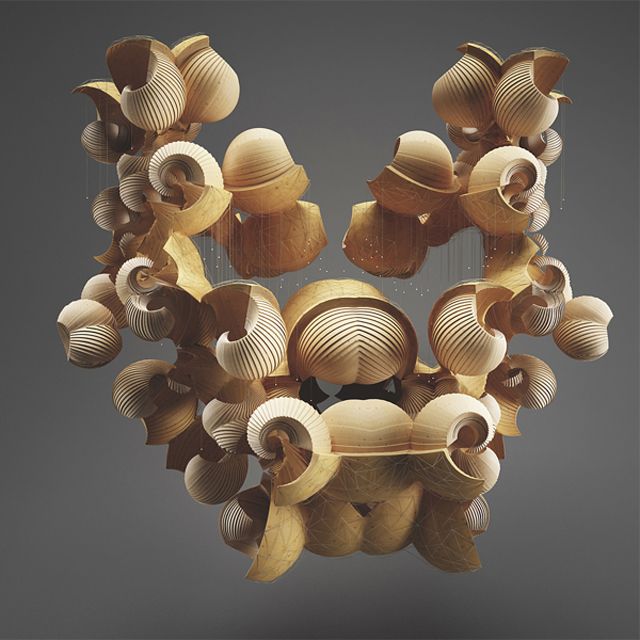
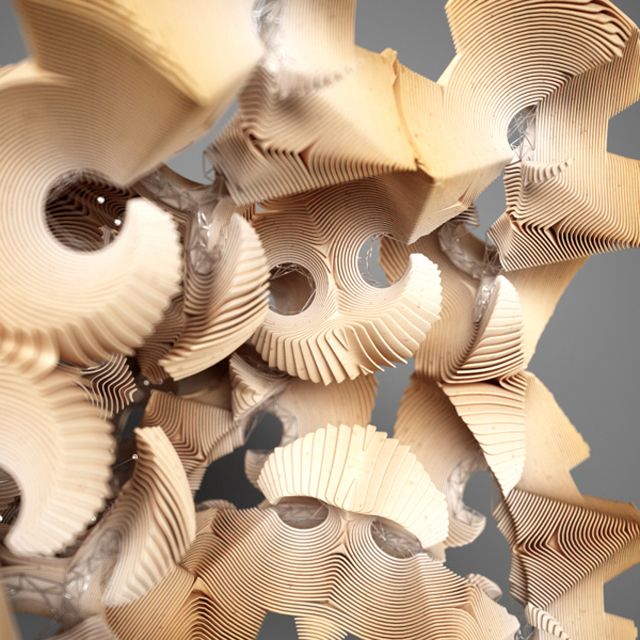
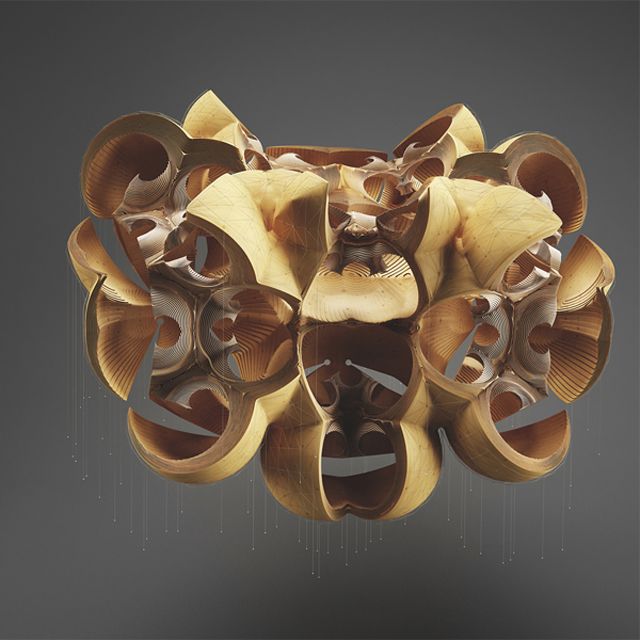
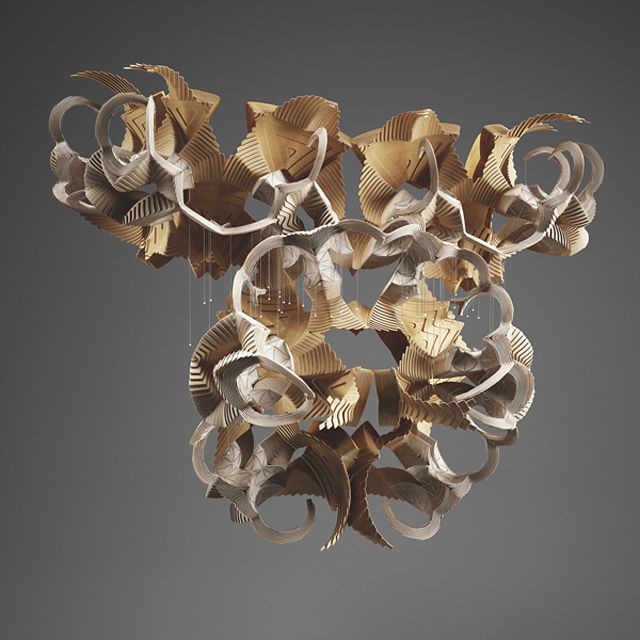


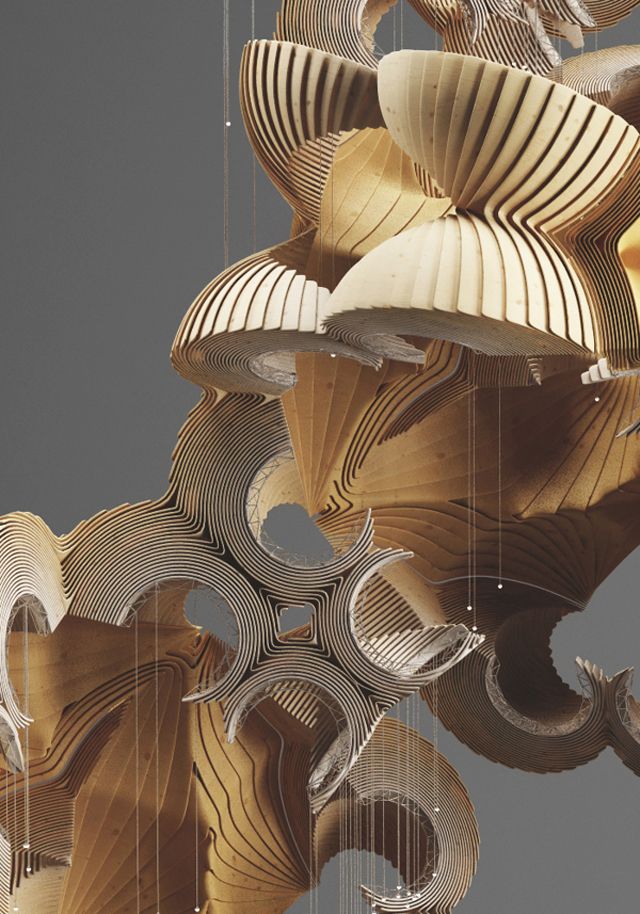
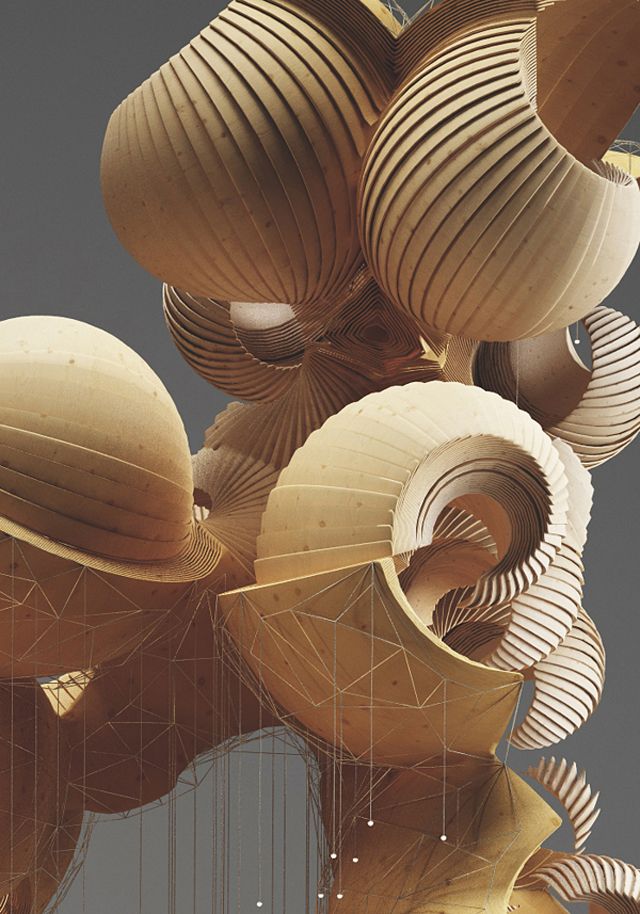
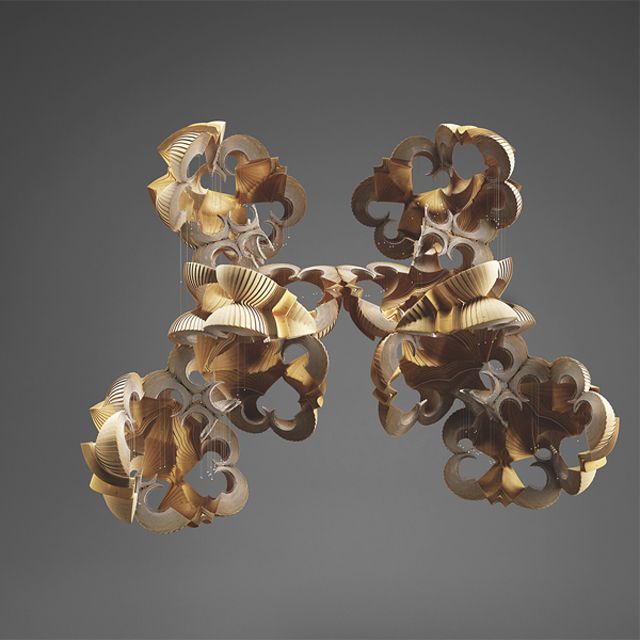
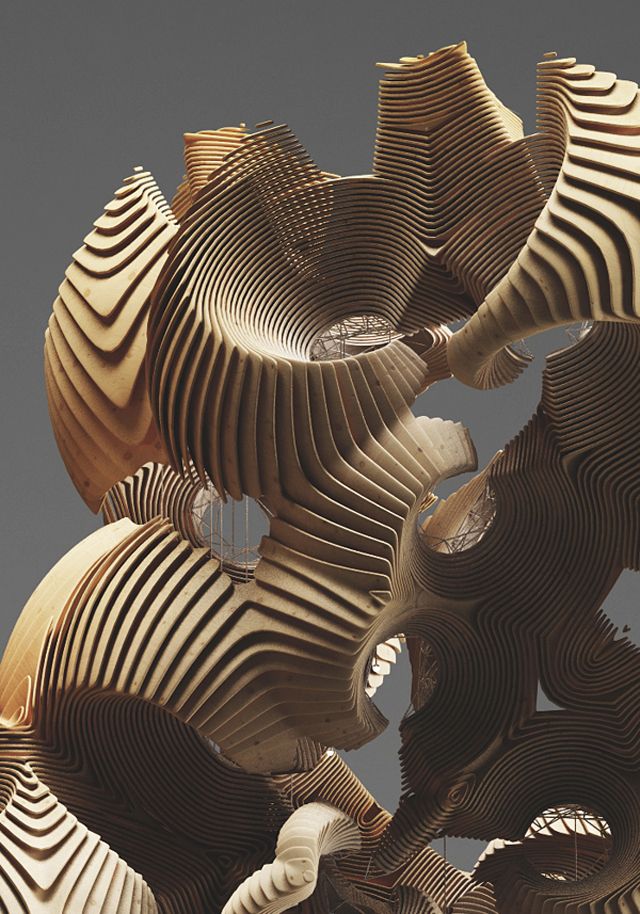
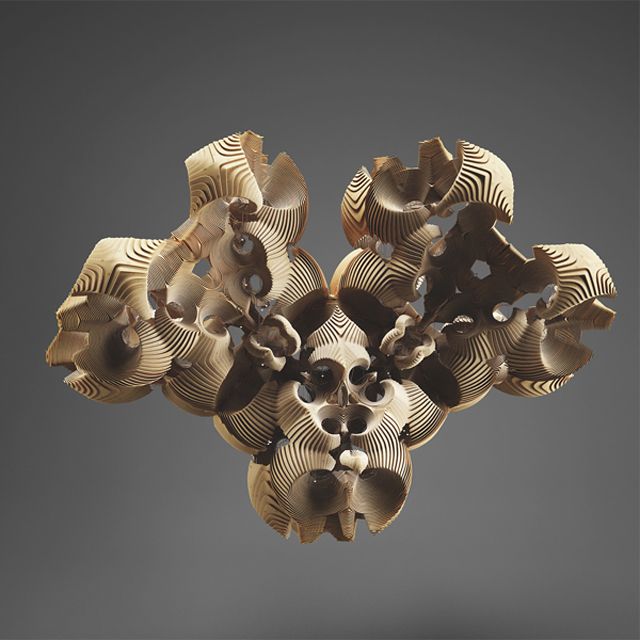
Courtesy of Descriptiv


